In today's fast-paced world, where convenience and instant gratification are often prioritized over health and wellness, it can be easy to fall into unhealthy eating habits and skimp on crucial vitamin-infused foods.
However, the old adage "you are what you eat" still holds true today.
Eating a balanced and nutritious diet is crucial for maintaining good health, preventing chronic diseases, and feeling your best.
But when the experts recommend that 50% of that balanced and nutritious diet consist of fruits and vegetables, things get a bit tricky for us.
Getting five daily servings of fruit and veg is tough! Grabbing a sandwich seems much easier than making a salad. Not to mention, fresh produce can sometimes come at a cost.
Maybe you are committed and buy a variety of delicious-looking produce with every good intention to start eating more veggies, only for half of them to end up in the trash a week later. Insert sad face.
The solution? Start growing your own veggies at home.
Growing Your Own Right At Home
Growing your own veggies and fruit has many benefits, including:
- Having fresh veggies at home is a surefire way to encourage you and your family to eat more seasonal produce and make garden-to-table recipes.
- Vegetables ripening in the garden and enjoyed immediately when harvested are more nutrient-dense and flavorful than store-bought produce that had to be picked early and possibly travel 100's of miles.
- You are in charge of what kinds of fertilizers and pesticides you use (or don't use).
- You'll have less wastage and less money wasted.
- Seeing a simple seed turn into something nourishing to eat is one of the greatest miracles of life.
- And biting into that homegrown tomato, grown with love and patience is one of the greatest joys!
READ MORE: 7 Health benefits of gardening
And now is the perfect time of the year to start seedlings!
For most regions in the U.S., March and April are when seedlings can be started indoors or directly sown outdoors.
However, starting veggies in your area depends on your growing zone and last frost date.
Azure Farm has a complete list of seeds to start in March and April according to your growing zone.
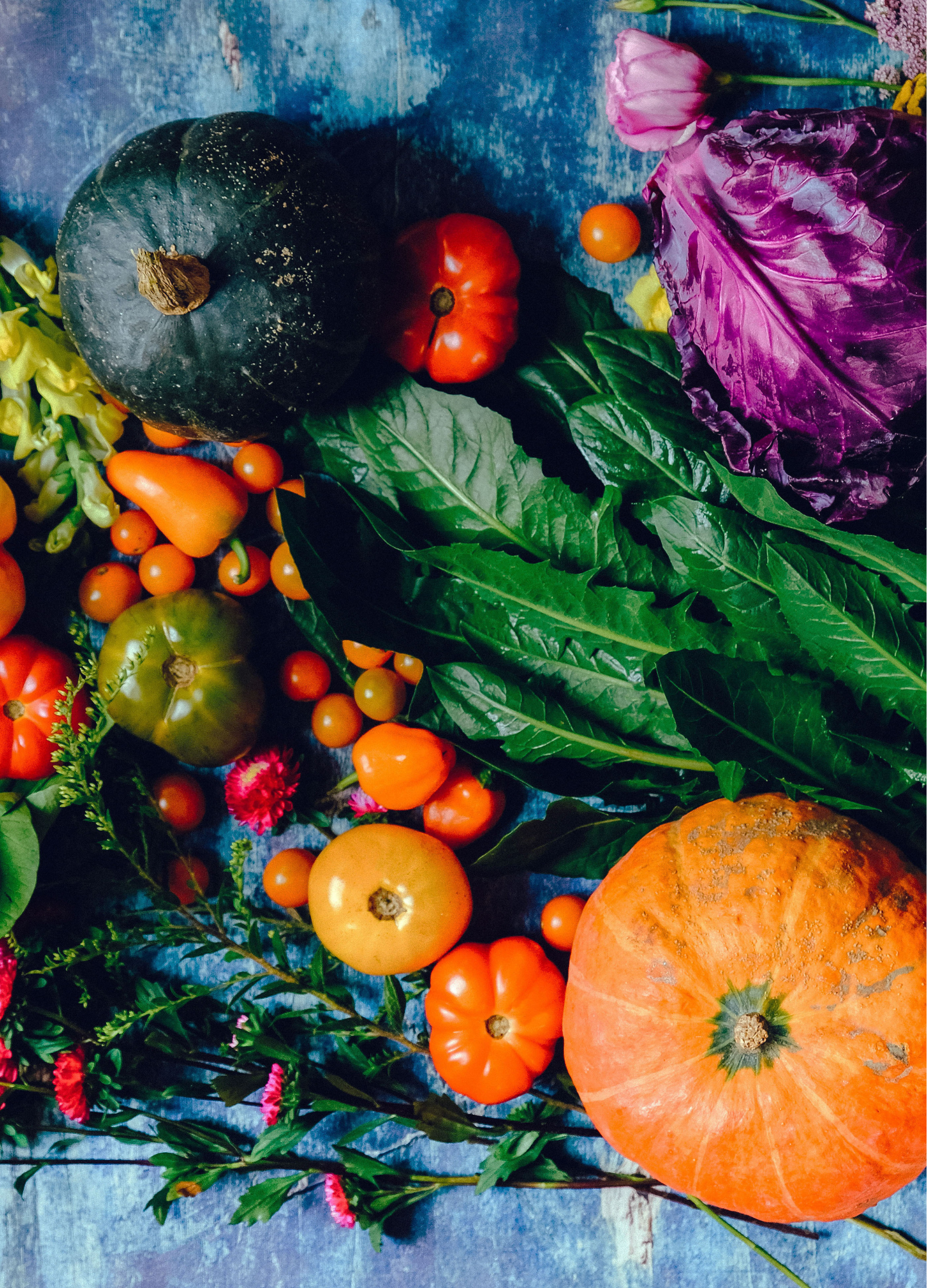
How To start vegetable seeds
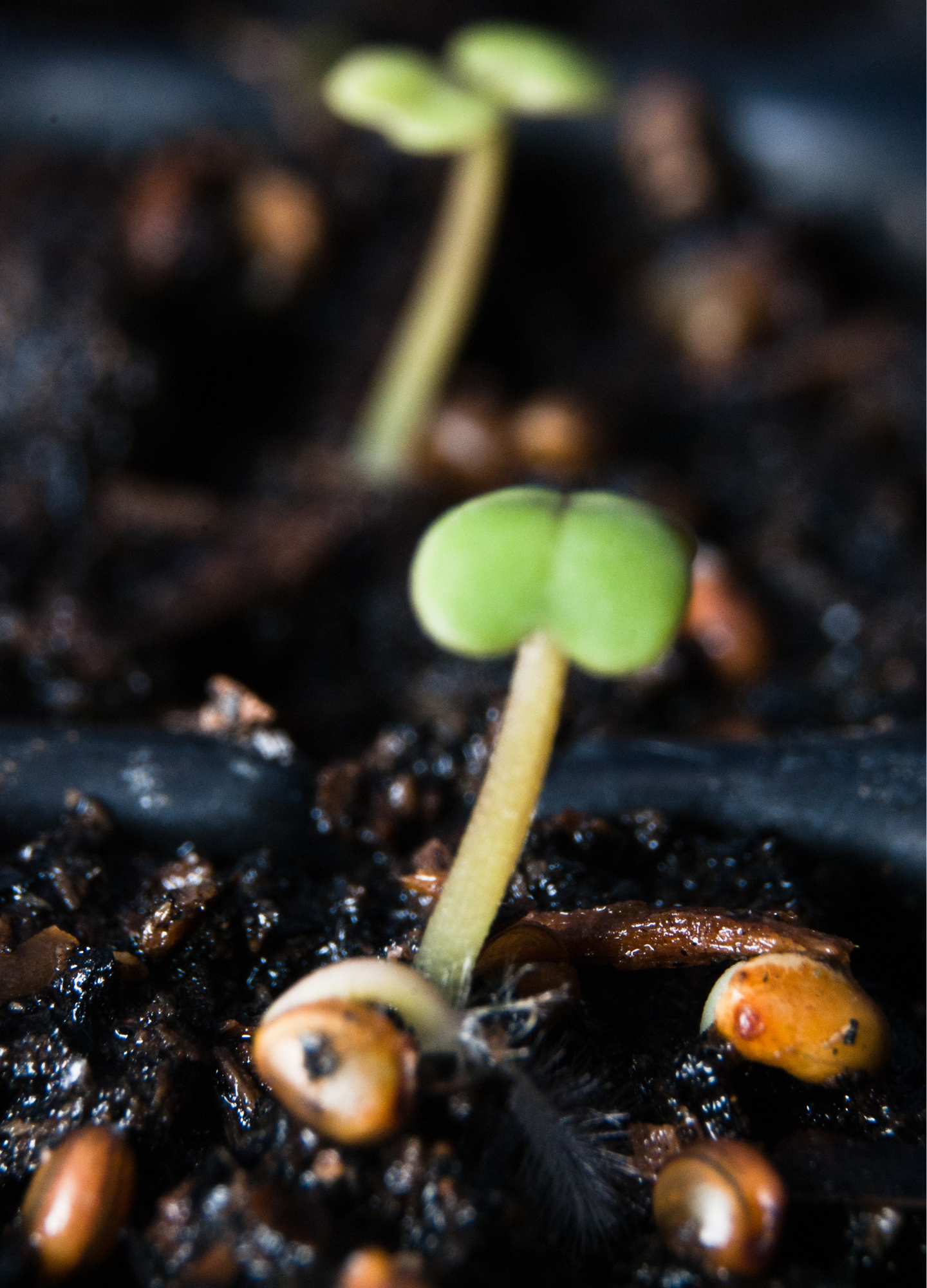
Start seeds and growing vegetables in 9 easy steps:
- Learn the date of the last frost by looking online or calling your local county extension office.
- 4-6 weeks before that date, plant your seeds inside.
- Use a bag of potting soil to fill a small reusable tray with good drainage. Make sure to leave the dirt loose!
- Insert a seed at the depth specified on the package.
- Lightly water.
- Cover the tray with a thick layer of plastic to keep it warm (like a mini greenhouse) and put it in a warm location, ideally between 65-75°, with indirect light and good air circulation.
- Check daily and water as needed.
- Remove the plastic cover once sprouts form and give them more light. Make sure each plant is growing independently. Remove and relocate any tag-alongs.
- One to two weeks before the final frost date for your area, it is time to bring your seeds outside. It's safe now! However, you still may want to harden them off. More below!
putting your seeds to bed
When your babies have sprouted and grown a few adult leaves, it is time to take them out into the real world!
- Before transplanting your seeds, harden them off first. Start hardening off about one to two weeks before the final frost date for your area and when the weather is more favorable. Depending on the weather and plant variety, the hardening-off process takes about a week and sometimes up to two weeks.
- Consider using raised beds. Not only is it better for your back and knees, but the soil drains better, the ground warms faster, and the soil allows for more oxygen to get to the roots.
- Use smaller beds. These are easier to walk around and maintain.
- Create room to walk. We recommend beds or rows around 4' wide with 18-24" between, a good amount of space to kneel in or reach across. This stops you from stepping on your beds, which will compact the soil, making it too dense for proper oxygen and water permeation into your plants' roots.
- Align your rows from north to south to allow maximum sun exposure at all times of the day.
- Dig deeper and wider holes than seem needed, at least 6x6", and put the plant in so that the first leaves or branches are just above the surface.
- Remember to rotate your crops. Every plant has its own tastes, sucking up different nutrients. Instead of putting one type in the same place every time, switch things up every year or season.
- Don't have outdoor space? No problem! Veggies such as herbs, small carrot varieties, salad greens, and radishes can easily grow in pots or containers.
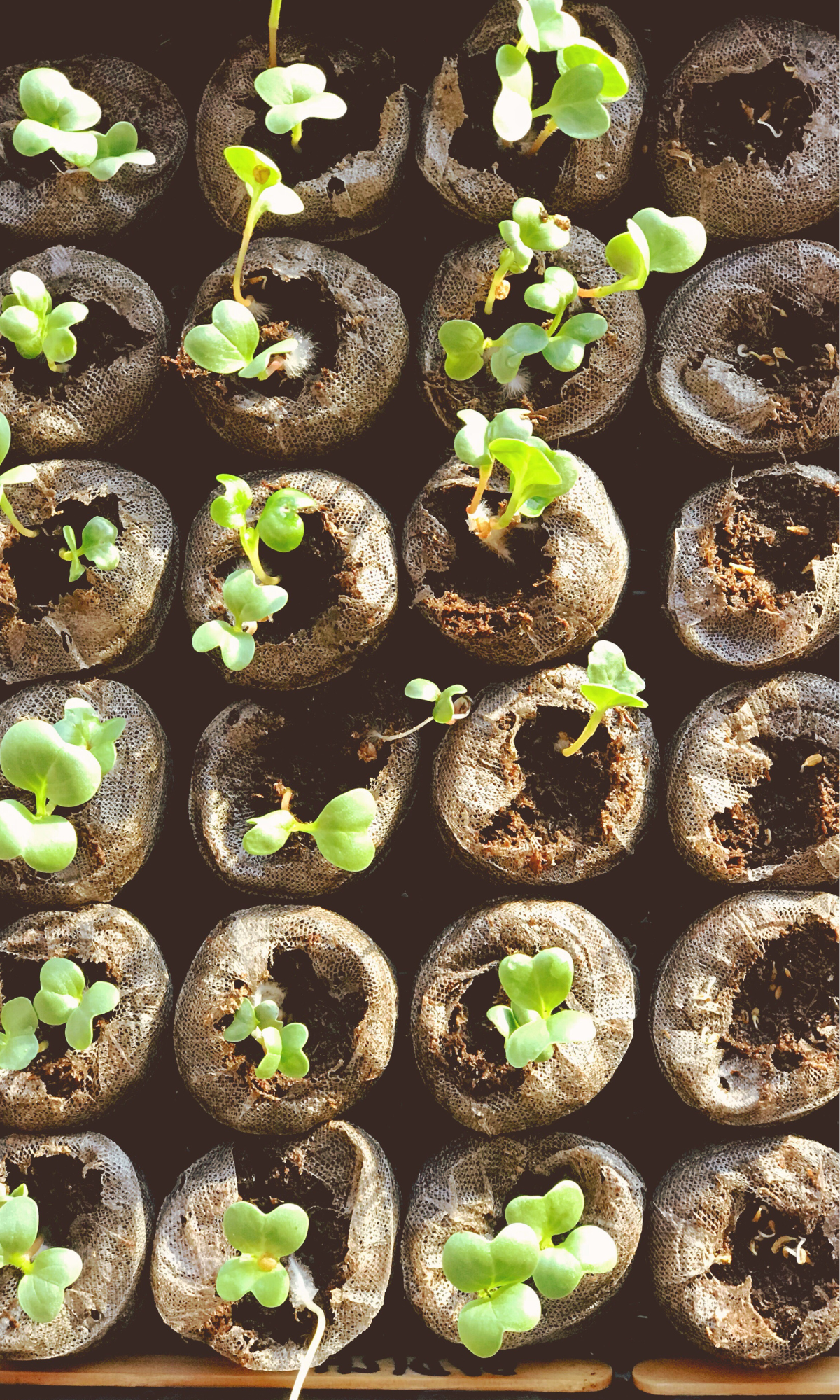
diy organic pesticide
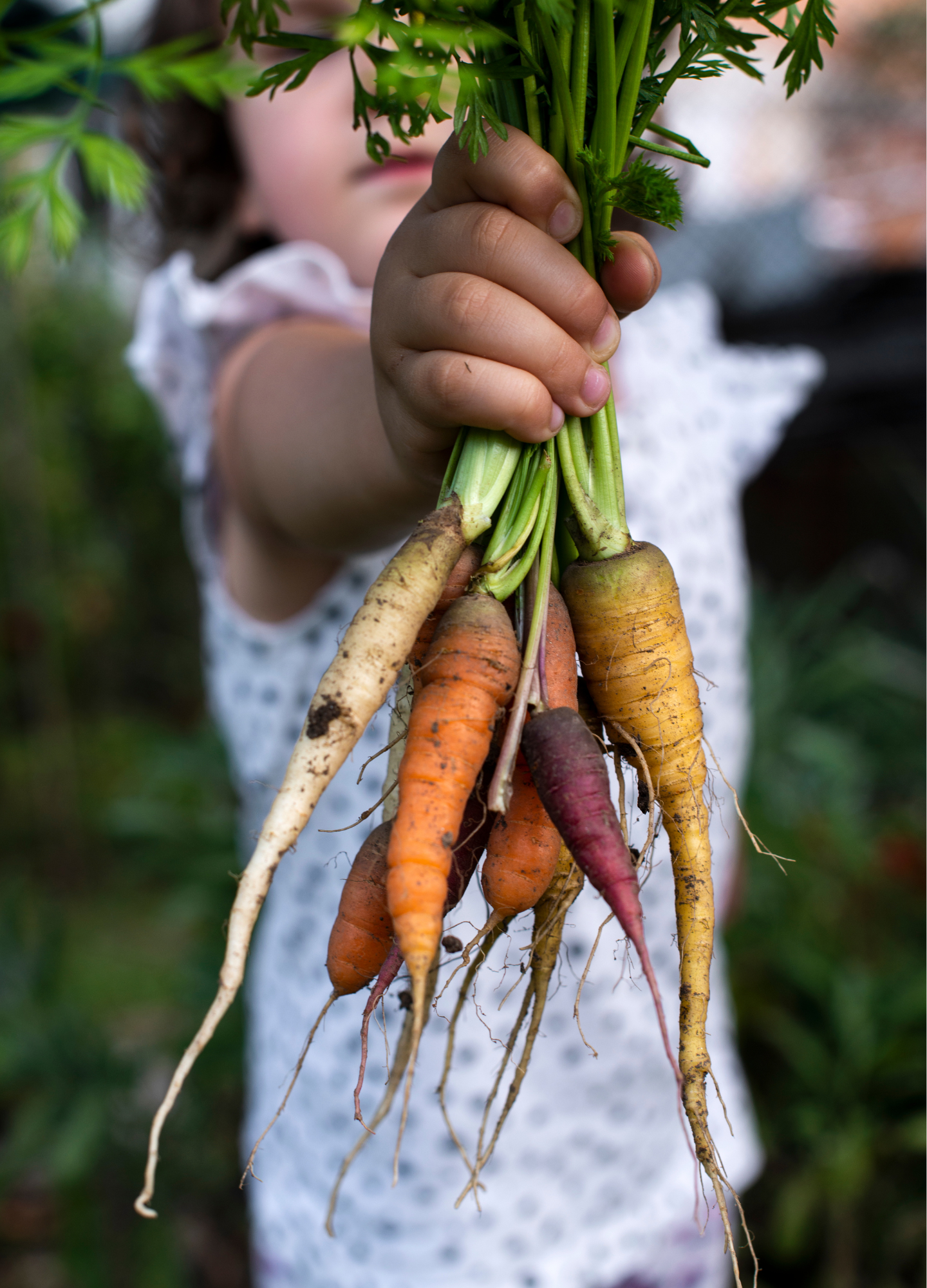
You can have the best and most beautiful plants and crops, but it's all for naught if something chows down before you ever get a bite.
Bugs are like diseases and attack when the system is most vulnerable. But an infestation can simply be a sign of an underlying issue. Sometimes the simplest solution is to ensure you have healthy soil and plants.
Even so, you'll likely have an attack or two along the way. It can be tempting to take out the big guns and blast them away with chemicals, but remember that you'll eat that greenery too! Instead, use something all-natural.
Organic pesticides are far safer for our health, the ecosystem, the soil, and the environment.
It may surprise you that many everyday staples in the kitchen can serve as natural pesticides for disease control.
Using these simple everyday ingredients, an excellent organic garden spray is easy to make
DIY ORGANIC PESTICIDE RECIPE
Combine the following:
- 1 tablespoon of natural non-toxic soap like Castile Soap
- 1/2 tablespoon of natural plant derived cooking oil (to help it stick to plants)
- 1 teaspoon of garlic powder
- Add water to fill a spray bottle and shake it up and spray.
LEARN TO GARDEN AND MORE WITH HOMEGROWN
There's nothing like the excitement of learning a new thing—how to garden, make delicious recipes from your garden, or care for baby chicks.
But the truth is that these fun experiences can become a headache without understanding the basics. Bugs eat your tomatoes before you do. Recipes don't taste like what you hoped. Those chicks get sick or, worse, don't make it.
HomeGrown is a platform where content is constantly added with the help of people like you who have already learned a thing or two about gardening and homesteading. Sharing with you the steps they took to find success, so you don't have to repeat the same mistakes they made.
HomeGrown is here to teach you the what and the how an various topics, with some fun and laughs along the way.


-v1676897422577.png)
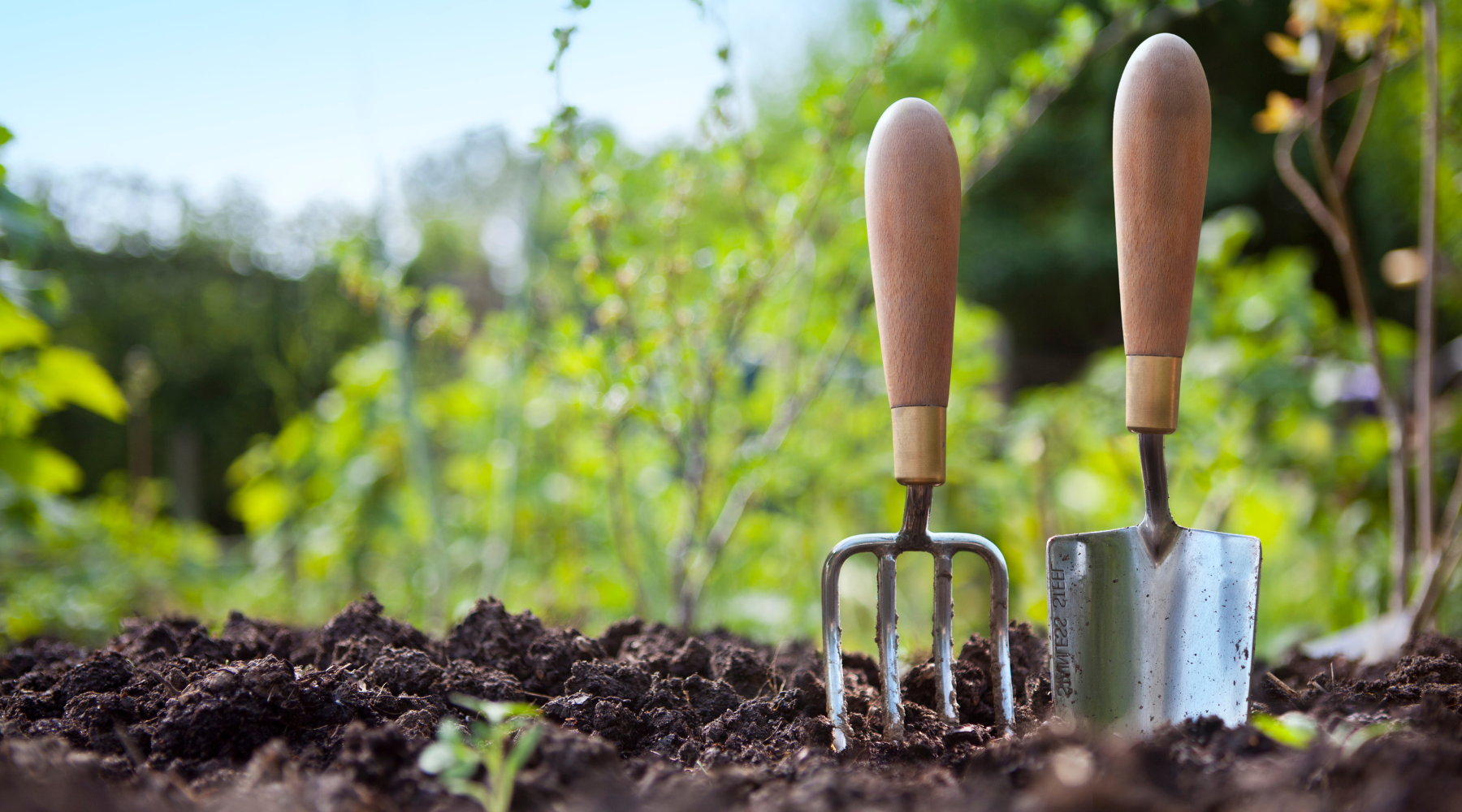
-v1678722952003.png?1800x1000)


